The art of creating green beans
We to go great lengths to produce some of the best Jamaica Blue Mountain Arabica coffee for our international customers – to do that, we take the ripe cherries through a long and manual ‘wet wash’ process on location at our coffee mill in the mountains.
Keep scrolling to learn a bit more about what goes into producing some of the worlds best coffee!
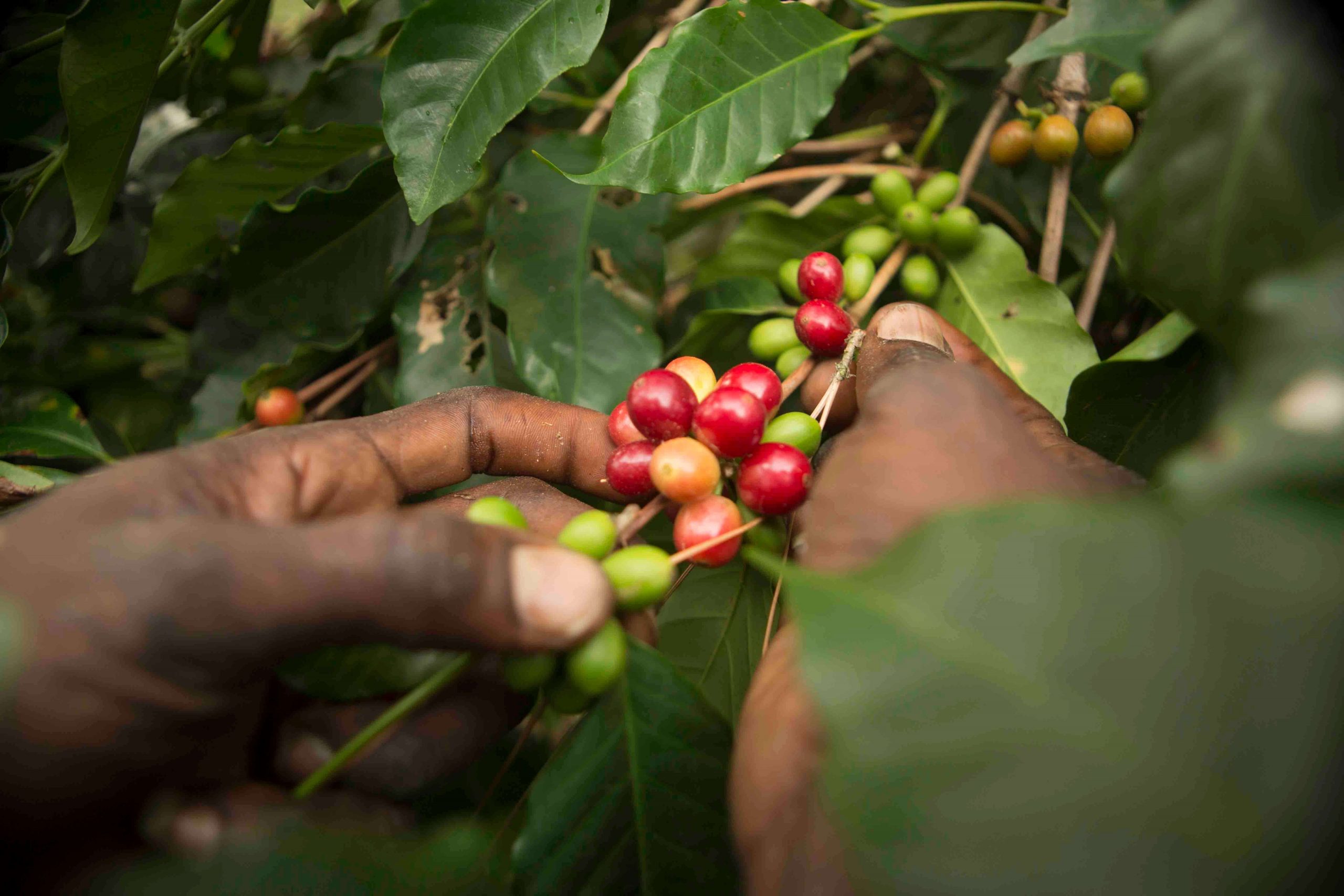
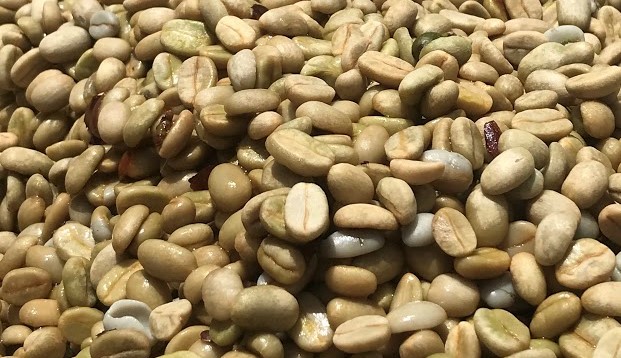
Picking and pulping
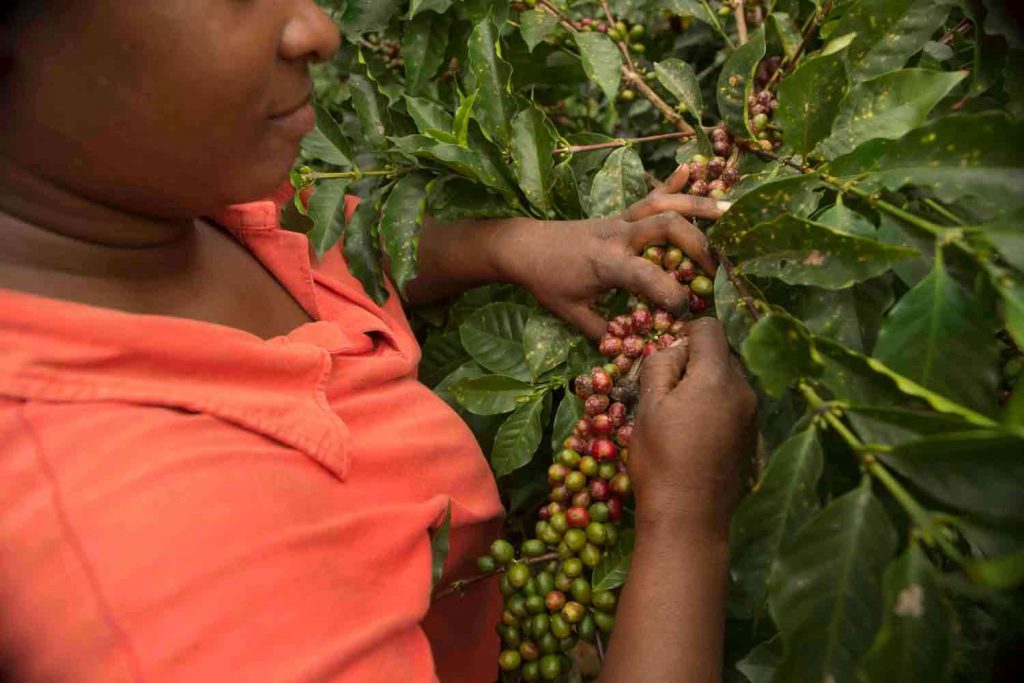
Harvest is a very busy time at Sherwood. Picking coffee in the mountains is no easy task and our ladies are experienced at navigating the steep slopes while going over the same lots again and again, picking only the ripe cherries every time.
The ripe cherries are taken to the mill where they are pulped the same day. Pulping removes the red skins after which the coffee, which is now called parchment, is left to ferment for about 24 hours in tanks inside the factory. The parchment is washed extensively afterwards.
Drying and resting
After washing the parchment it is spread out on what we call ‘barbeques’. Barbeques are large areas of concrete where the coffee is laid out to dry in the warm sun. The parchment has to be raked and turned over again and again to make sure that it dries evenly.
This too is a very labor intensive process as the parchment has to be covered if rain starts to fall. The parchment is also gathered and covered for the night and the whole process is repeated day after day until the moisture content of the coffee drops to somewhere between 11.5-12%.
This takes several days depending on how much the sun is out and how much the rain falls. While some processors dry the coffee mechanically the sun drying process has shown to produce a much better cup quality, as well as a more consistent color of the beans. Once the desired moisture content is reached, the parchment is bagged and put in our humidity and temperature controlled storeroom for resting.
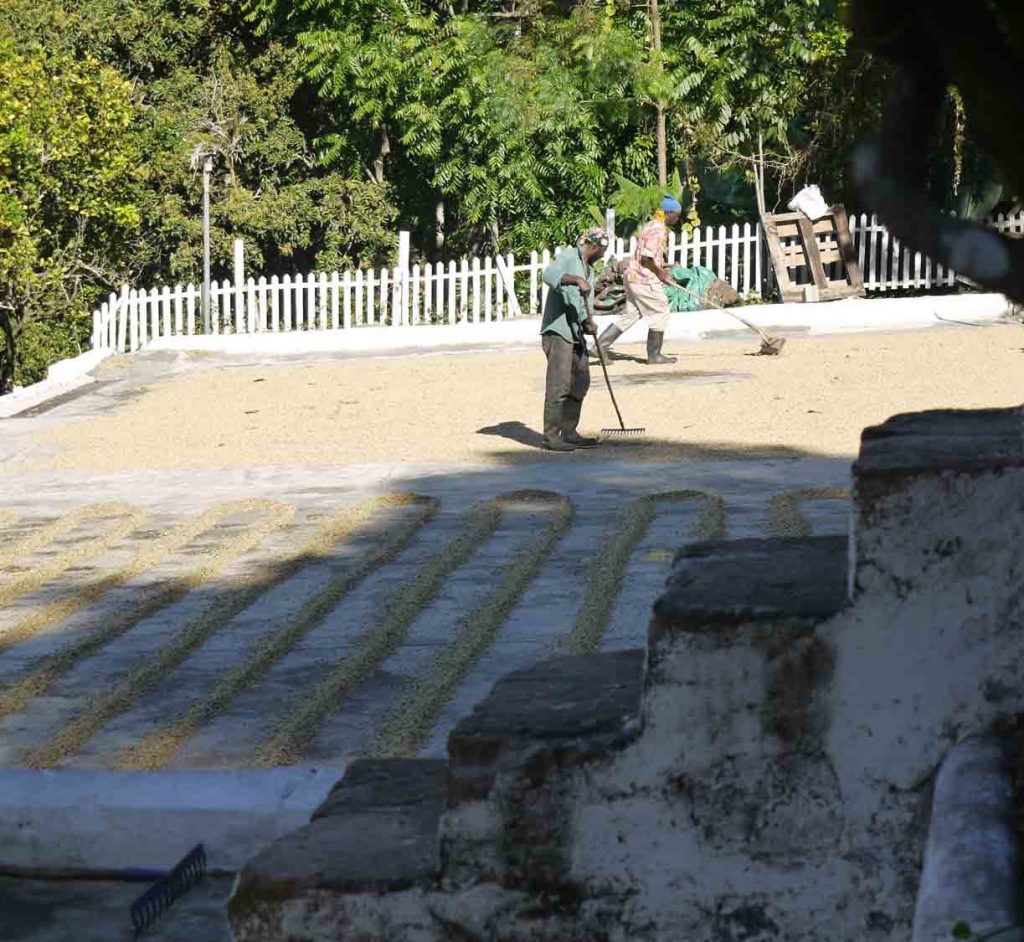
Hulling, grading, sorting
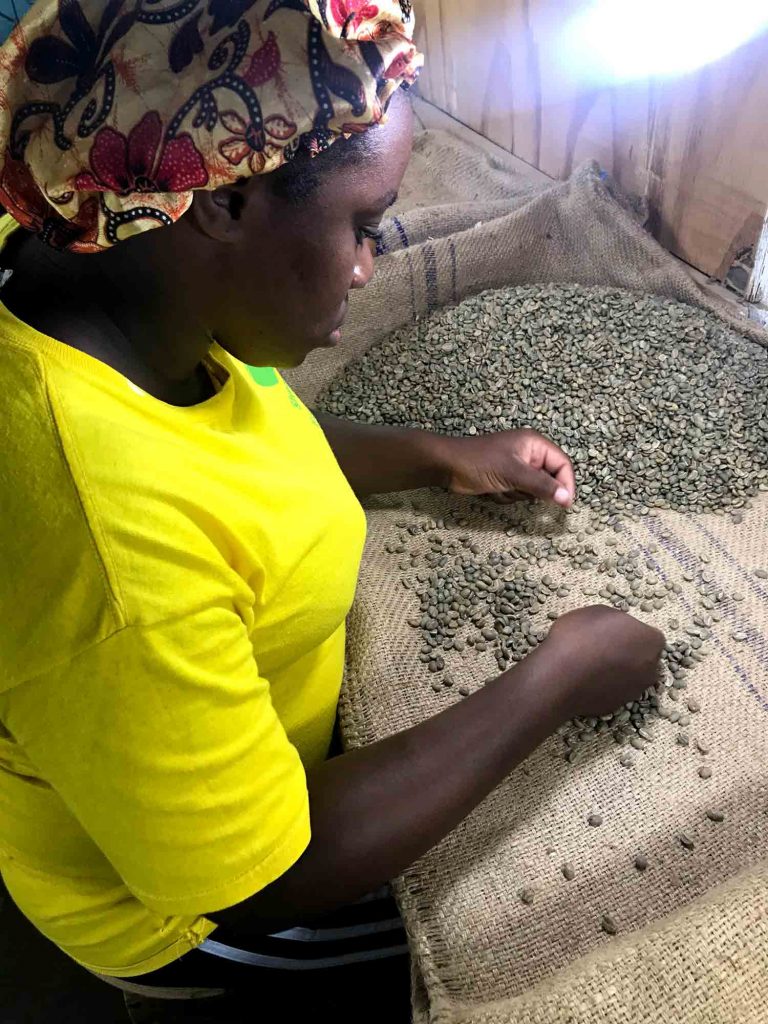
Parchment that has cured and rested for at least 8 weeks is now ready to go through the final stages of processing. Hulling and grading. At Sherwood we use a peeler-polisher which, at a low temperature, removes the last skin on the coffee beans before the batch is sorted mechanically according to screen size.
At this point our expert sorting team takes over. With a trained eye for detail, our sorting supervisors steers their team of ladies through a meticulous process of hand sorting every grade of coffee to remove any and all beans with even the smallest dent or defect. Only when double checked by one of the senior sorters and given the all clear is the batch set aside – ready for barrelling.
When the order is ready to be shipped, the batch is submitted to the Jamaica Agricultural Commodity Regulatory Authority who gives it the final stamp of approval.
